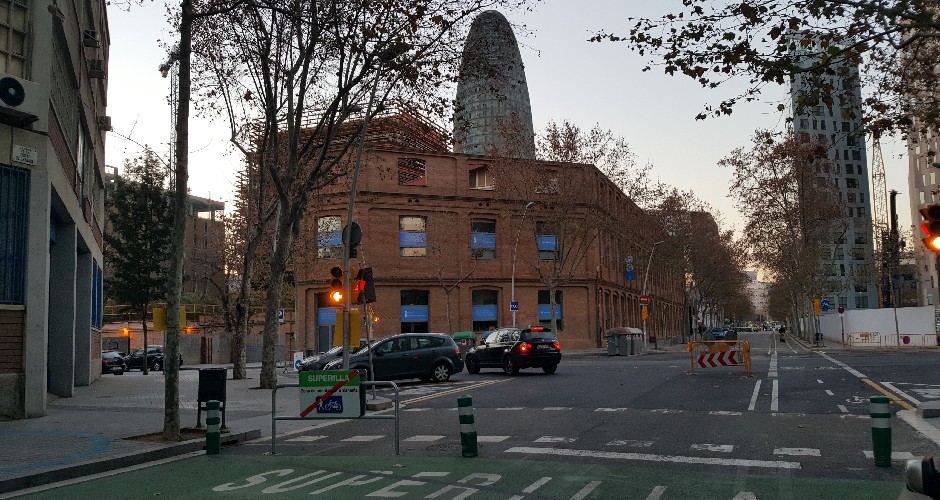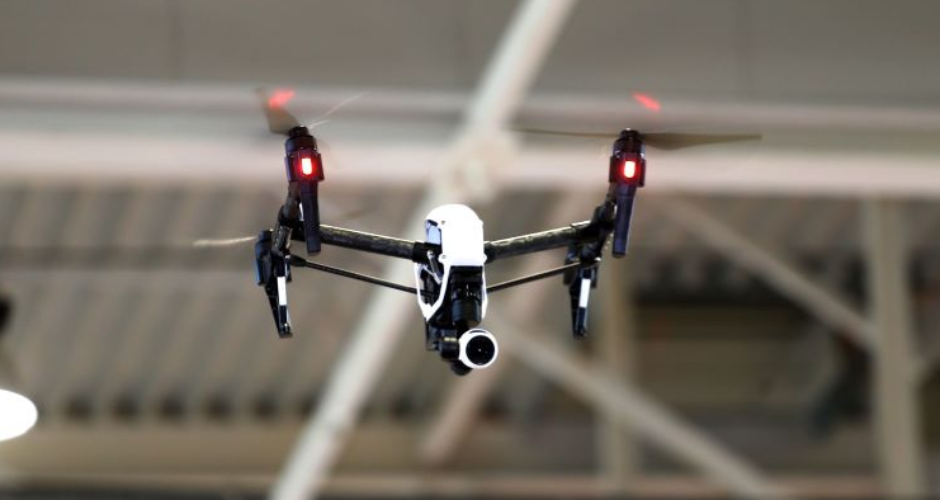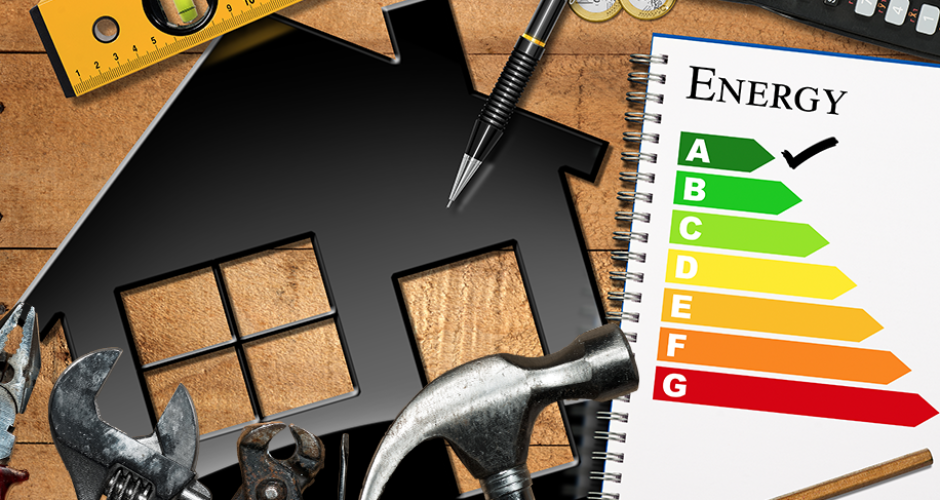Innovations in architecture and their relation with climate change were part of the DPA Forum in Barcelona

The DPA Forum de Barcelona was held this past November. This forum is held in different cities throughout Spain. The purpose of these conferences is to debate ideas on innovation in architecture. In the inaugural conference, the architect José Luis Soler opened the Forum with a speech about innovation in architecture and its relationship to climate change.
The forum on Innovation in Architecture, Construction and Rehabilitation, the DPA Forum, is an annual meeting point where the sector can find, in a practical and easy way, technical solutions and innovative ideas to apply to real projects in their daily activities. Its contents are fundamentally centered around the new solutions that the technological innovations offer for the challenges and problems in building. The speakers presented diverse projects, explaining the challenges they present and their applied solutions.
In the Barcelona edition, held last November, the inaugural conference was given by architect José Luis Soler. He spoke about the innovations in architecture in relation with climate change, a scientific vision on climate change which included innovations related to sustainability.
Soler proposed commitment to face climate change based on actions stemming from scientific knowledge and the idea of ecosystemic urbanism which regards the city as an ecosystem.
Ecosystemic Urbanism is based on two principal instruments to organize territories: the superblock and urbanism on three levels.
The first, the superblock, is a new cell which, in the interior encompasses several blocks, closed to through traffic and public transportation. The second, urbanism on three levels (elevated, on the ground and underground) projects three layers with the same details and on the same scale that urban planners project on ground level.
Other interventions Soler proposed were about the quality of life and efficiency of urban space of proximity. They hope to develop architecture based on sustainability and optimization of resources and urban and environmental systems. One of these solutions are the so-called passive measurements that do not depend on technology but rather are planned before building. Measurements that insulate the interior of the exterior and reduce the frequency of temperature control through machines and the use of vegetation or take advantage of the wind to regulate temperature.


